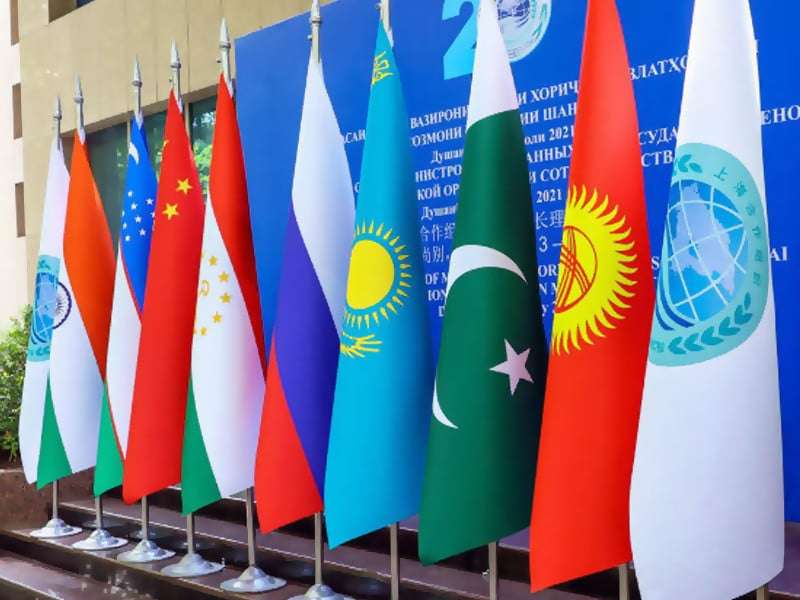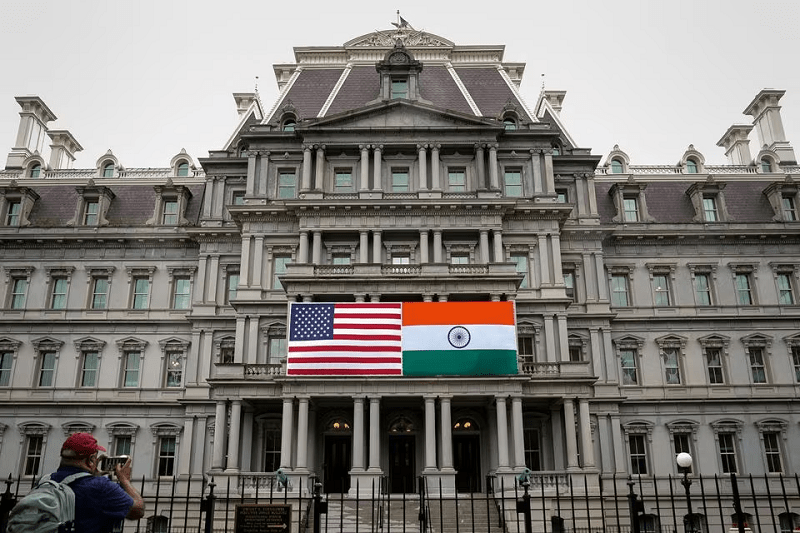Following the successful hosting of the Shanghai Cooperation Organisation (SCO) summit, Pakistan is now actively lobbying for membership in BRICS, a significant alliance of emerging economies. Originally formed by Brazil, Russia, India, China, and South Africa, BRICS recently expanded to include key Middle Eastern countries such as Egypt, Ethiopia, Iran, Saudi Arabia, and the UAE.
Despite overlapping members like China, Russia, and India, the SCO and BRICS differ in focus. The SCO, predominantly Eurasian, began with a security-centered agenda that has since expanded to include economic cooperation. BRICS, however, initially functioned as an economic coalition aimed at balancing Western dominance in global organizations and is now assuming a more pronounced political role in shaping the global landscape.
Pakistan’s entry into the SCO was a strategic move to bolster its standing, and a potential BRICS membership is viewed as a further step toward asserting its global independence. However, a crucial question lingers: can Pakistan extract concrete economic benefits from these influential alliances?
Historically, Pakistan has often missed out on economic advantages from multilateral engagements. For instance, as a founding member of the General Agreement on Tariffs and Trade (GATT) in 1948, Pakistan had access to one of the most effective platforms for reducing trade barriers and promoting global integration, but limited engagement hindered its gains. Similarly, after the World Trade Organisation (WTO) replaced GATT in 1995, Pakistan joined but made minimal strides in reforming trade policies or fulfilling international commitments, unlike developing nations such as China and Vietnam, which leveraged WTO membership to expand global integration and trade.
Regionally, Pakistan’s inward-looking policies have also limited potential gains. When the South Asian Free Trade Area (Safta) was created in 2004, it raised hopes for enhancing Pakistan’s regional trade. While other major Safta members like India and Bangladesh achieved a trade increase from $2.5 billion in 2005 to $16 billion by 2023, Pakistan’s trade volume with India dropped by two-thirds, reflecting a restrictive trade approach.
For Pakistan to achieve economic benefits, it must critically assess its inward-focused stance. The recent SCO declaration in Islamabad highlighted global economic shifts, especially in digitalisation, artificial intelligence, and e-commerce. SCO members committed to deepen cooperation in these areas and counter protectionist trade measures. Pakistan, however, remains on the sidelines, not yet a signatory to the WTO’s Information Technology Agreement, a plurilateral agreement formed in 1997 and embraced by all other SCO members within the WTO.
The possibility of SCO or BRICS members trading in regional currencies, which could potentially address Pakistan’s dollar shortage, remains speculative, as a shift from the dollar to regional currencies is currently unlikely.
If Pakistan aspires to strengthen its economic prospects, it would benefit from prioritising membership in geoeconomic-focused organizations, such as the Regional Comprehensive Economic Partnership (RCEP), an Asia-Pacific trade hub that promises substantial growth. RCEP, led by China, has attracted significant Asia-Pacific participation for its focus on trade and prosperity.
The key takeaway is that joining regional or global alliances does not automatically translate into economic gains. For Pakistan to derive real benefits, it must discard obstructionist policies and harness its strategic location to facilitate trade among SCO members. Shedding its label as a protectionist economy and embracing global integration, alongside active participation in international agreements related to digital trade and e-commerce, will be essential. Without these steps, membership in new alliances may yield minimal results rather than the desired economic advantages.


